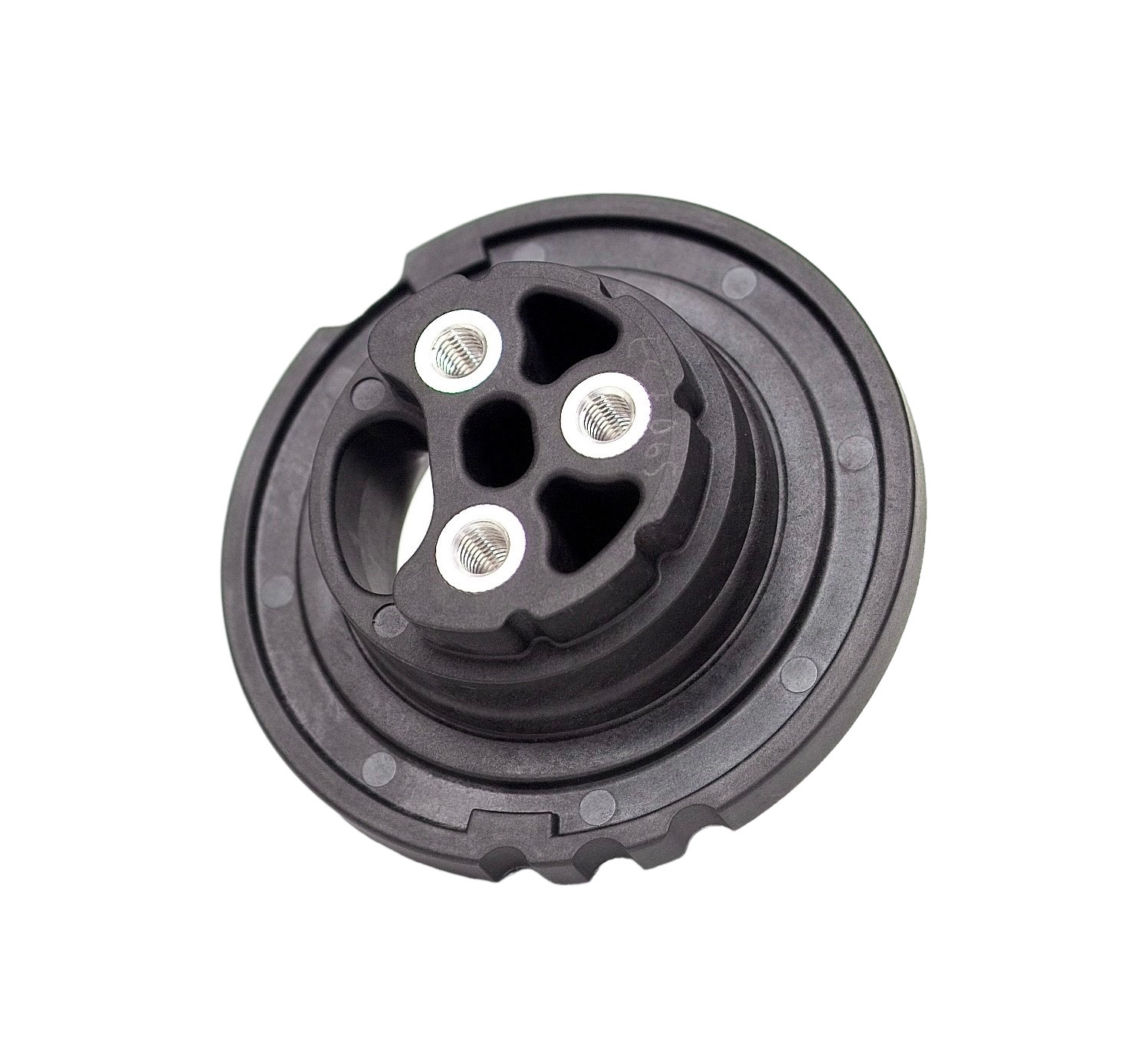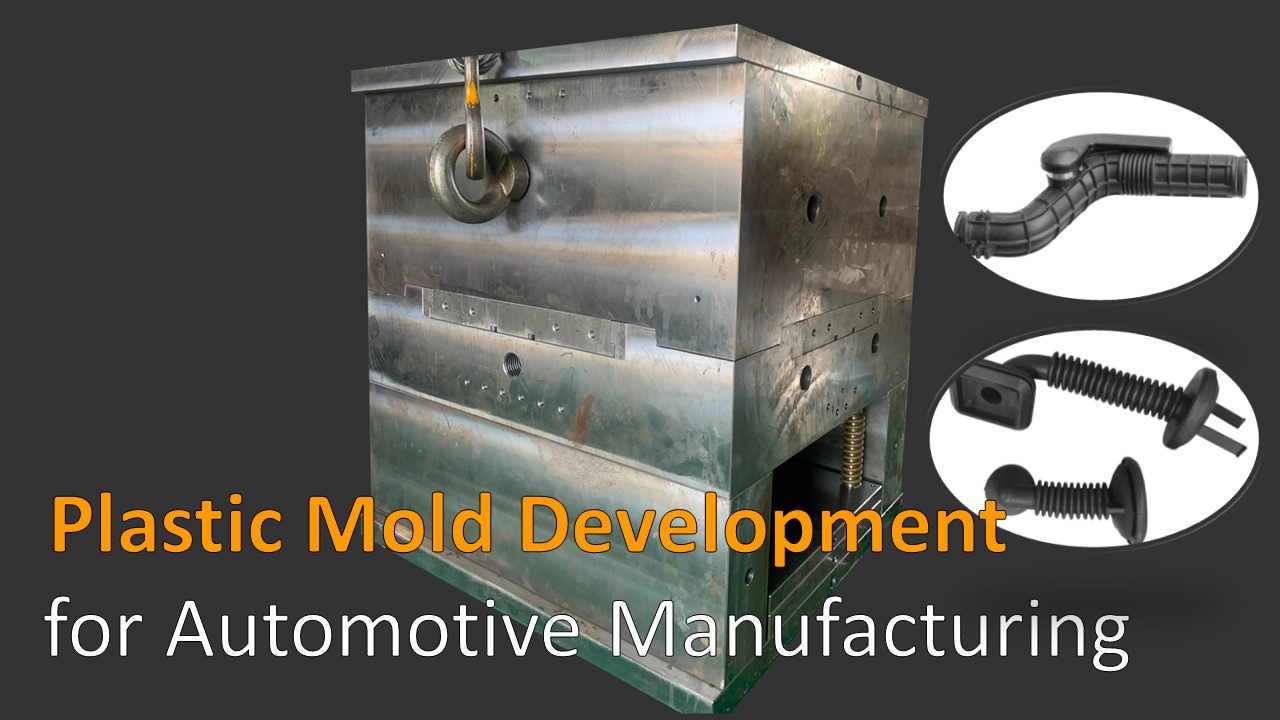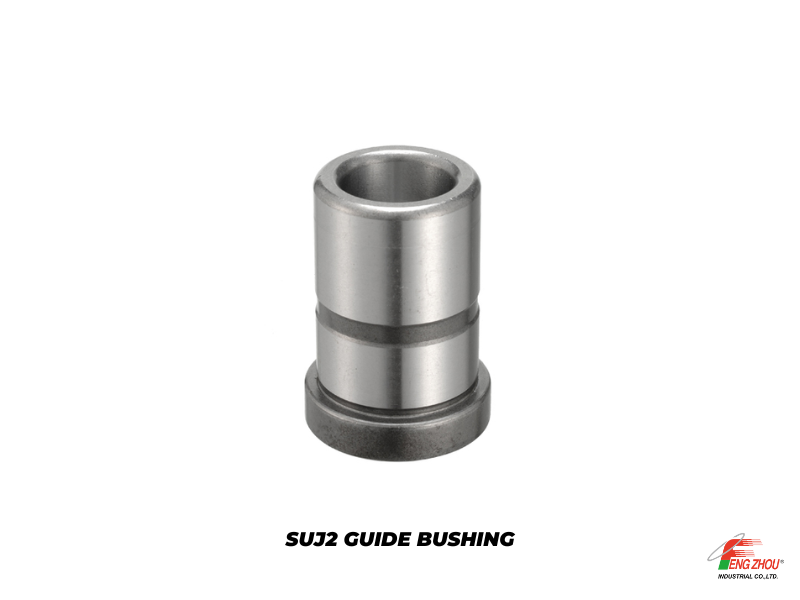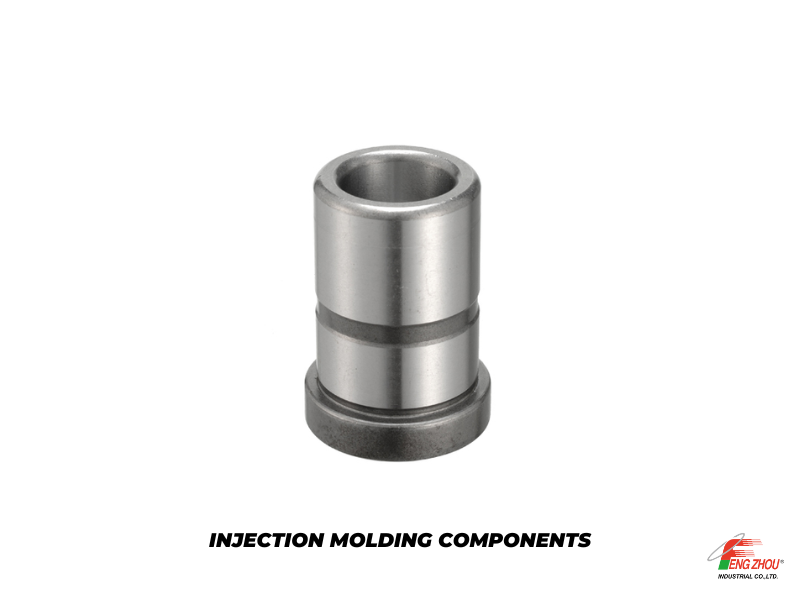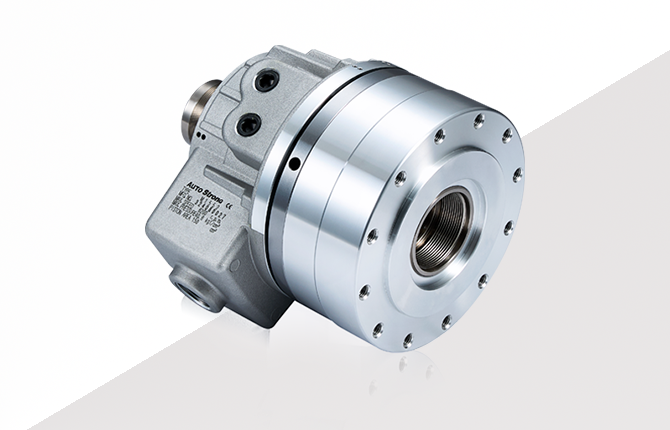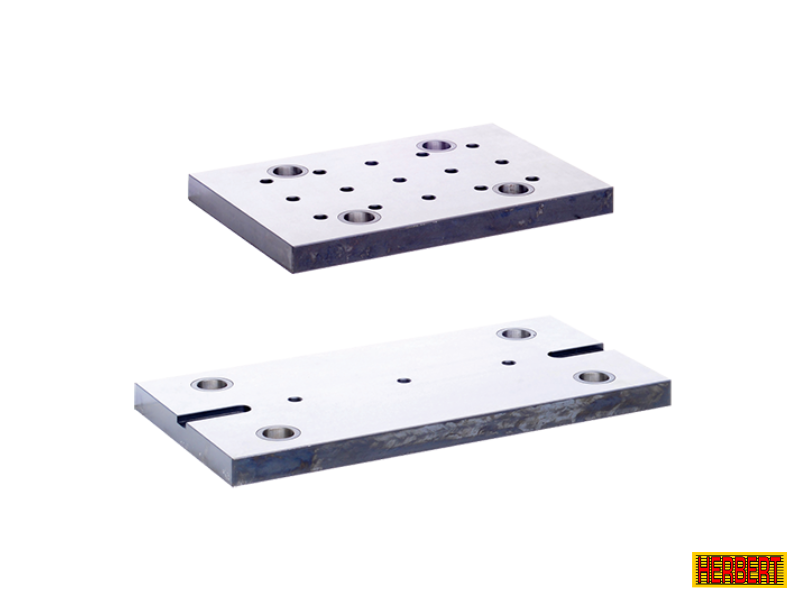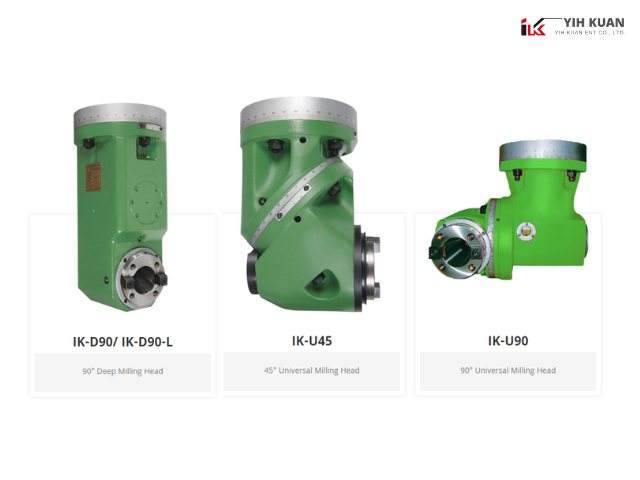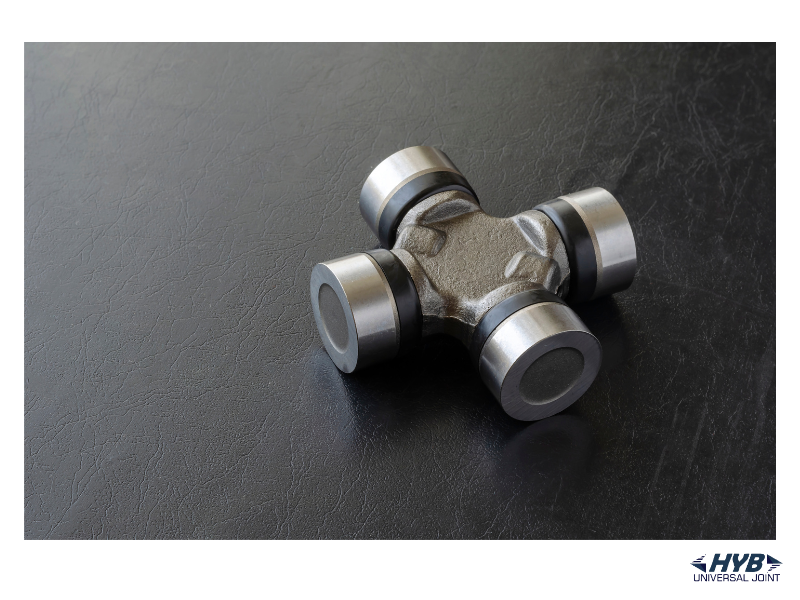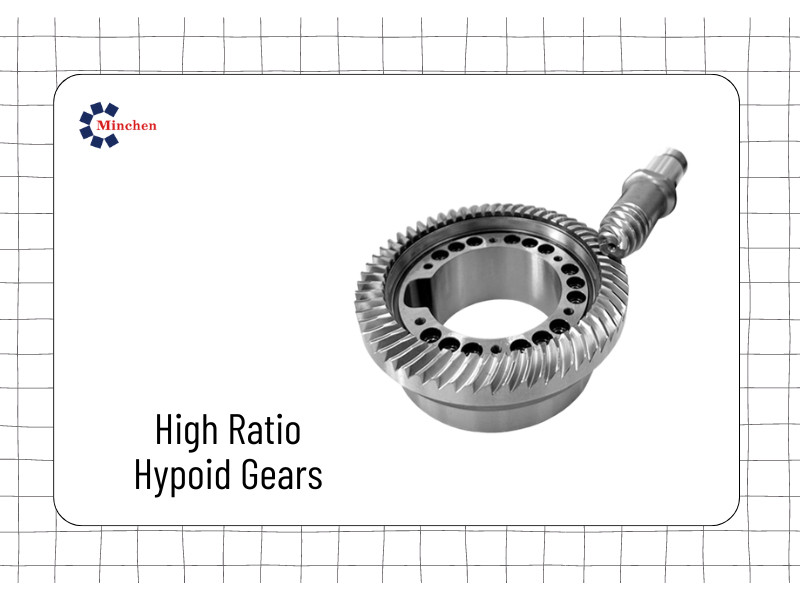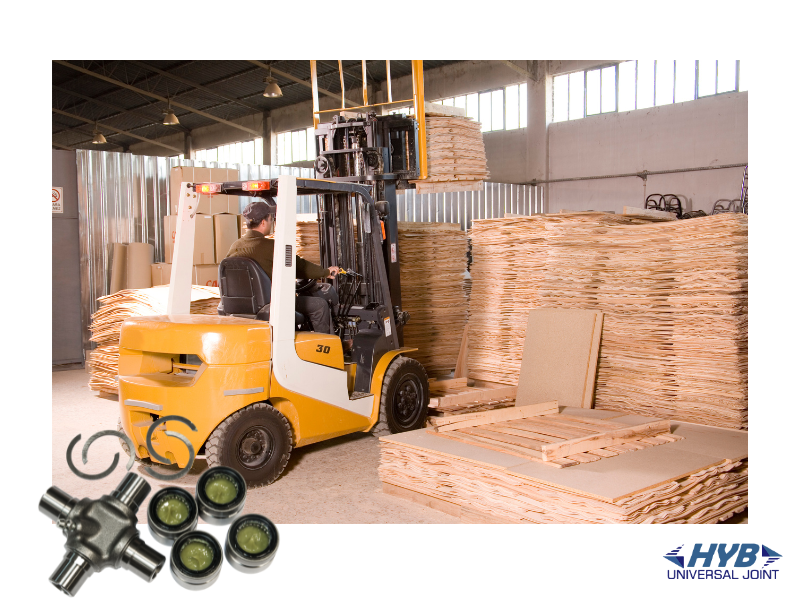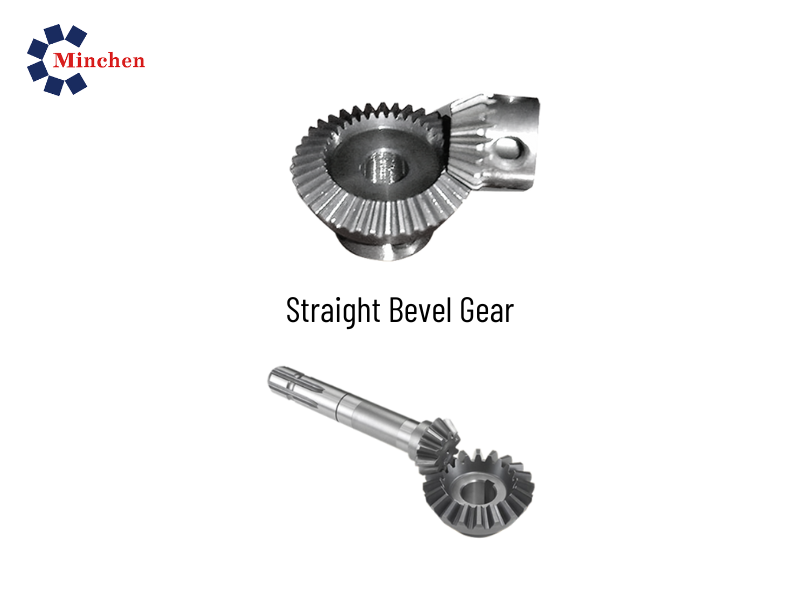Understanding the Benefits of a Lollipop End Mill for Your CNC Machining Needs
2023-07-20Machinery
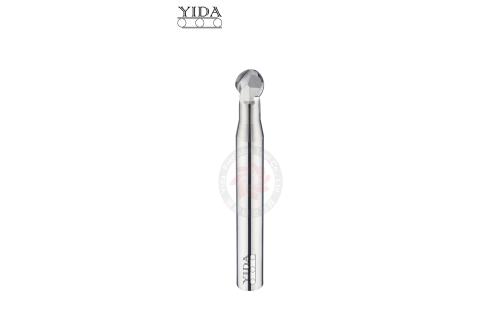
Understanding the Benefits of a Lollipop End Mill for Your CNC Machining Needs
What is a Lollipop (Cutter) End Mill and How Does it Work?
A lollipop end mill, also known as a spherical end mill or ball nose end mill, is a type of cutting tool used in milling operations. It has a rounded cutting end that resembles a lollipop or a sphere, hence the name.
Lollipop end mills are commonly used in machining processes where intricate 3D contours, curved surfaces, or rounded features need to be created. The rounded end allows for smooth and precise cutting in these complex geometries. They are especially useful in sculpting, mold making, and aerospace applications.
The working principle of a lollipop end mill is similar to that of other end mills. It is mounted onto a milling machine or a CNC (Computer Numerical Control) machine, which provides the rotational motion required for cutting. As the machine rotates the lollipop end mill, the cutting edges on the rounded end make contact with the workpiece material.
The cutting edges of the lollipop end mill remove material through a combination of shearing and plowing. The curved profile of the end mill allows it to smoothly follow the contours of the workpiece, resulting in precise and smooth cuts. This is particularly advantageous when machining complex or curved surfaces, as it helps maintain the desired shape and surface finish.
The size and diameter of the lollipop end mill can vary, depending on the specific application requirements. It is important to select the appropriate size and material of the end mill based on factors such as the desired surface finish, material hardness, and machining parameters.
Lollipop end mills are typically made from high-speed steel (HSS), solid carbide, or other specialized materials. Carbide end mills are known for their high hardness and wear resistance, making them suitable for machining tougher materials like metals.
The Different Types of Lollipop End Mills Available & Their Unique Benefits
There are different types of lollipop end mills available, each with its unique design and benefits. Here are some commonly used types:
- Standard Lollipop End Mill: This is the most common type of lollipop end mill with a spherical or ball-shaped cutting end. It is versatile and suitable for a wide range of applications, providing smooth cutting and excellent surface finish.
- Long Reach Lollipop End Mill: Long reach lollipop end mills have an extended length, allowing them to reach deeper areas and access hard-to-reach contours. They are ideal for machining deep cavities, molds, and complex shapes.
- Undercutting Lollipop End Mill: Undercutting lollipop end mills feature a cutting edge on the underside of the spherical end. This design enables the tool to create undercuts, grooves, or fillets in workpiece profiles without interference from the tool body. They are commonly used in mold making and profile machining.
- Variable Helix Lollipop End Mill: Variable helix lollipop end mills have varying helix angles along the flute. This design helps to reduce vibrations, improve chip evacuation, and enhance surface finish. They are particularly beneficial when machining difficult-to-machine materials or when high-speed machining is required.
- High-Feed Lollipop End Mill: High-feed lollipop end mills have a specialized cutting geometry that allows for high feed rates and efficient material removal. They are designed to minimize cutting forces and provide increased productivity. High-feed lollipop end mills are often used in roughing operations or when removing large amounts of material quickly.
Benefits of lollipop end mills:
- Versatility: Lollipop end mills are versatile tools suitable for machining complex 3D contours, curved surfaces, and rounded features. They offer flexibility in creating intricate shapes and profiles.
- Smooth Surface Finish: The rounded cutting end of lollipop end mills ensures smooth and precise cutting, resulting in excellent surface finishes on the workpiece.
- Reduced Chatter and Vibration: Lollipop end mills with specialized designs, such as variable helix or high-feed geometries, can help minimize vibrations and chatter during machining. This leads to improved tool life, surface finish, and machining stability.
- Efficient Machining: Lollipop end mills enable efficient material removal, especially in deep cavities and hard-to-reach areas. They allow for effective roughing, semi-finishing, and finishing operations.
- Wide Material Compatibility: Lollipop end mills are available in various materials and coatings, making them suitable for machining a wide range of materials, including metals, plastics, and composites.
Companies that need lollipop end mill
- Manufacturing Companies: Companies involved in various manufacturing sectors, such as aerospace, automotive, mold making, tool and die, and general machining, often purchase lollipop end mills. These companies use the end mills for creating intricate 3D contours, curved surfaces, and rounded features in their production processes.
- Machine Shops: Machine shops, whether independent or part of larger manufacturing facilities, utilize lollipop end mills extensively. They provide machining services to a wide range of industries and use these tools for precise and efficient milling operations.
- Tool and Die Makers: Tool and die makers, who specialize in producing tools, molds, and dies for manufacturing processes, rely on lollipop end mills to shape and finish complex surfaces. These professionals use the end mills for creating cavities, contours, and intricate details in their tooling and die components.
- Prototyping and Rapid Manufacturing Companies: Companies involved in prototyping and rapid manufacturing often require lollipop end mills to produce accurate and detailed prototypes or small production runs. The end mills allow them to create functional and visually appealing parts with intricate shapes and contours.
- Maintenance and Repair Facilities: Maintenance and repair facilities in various industries, including automotive, aerospace, and general machinery, may also purchase lollipop end mills. They use these tools to repair or modify existing components, as well as to manufacture replacement parts with complex shapes.
How to Choose the Right Lollipop End Mill For Your CNC Machining Requirements? 10 STEPS
Choosing the right lollipop end mill for your CNC machining requirements involves considering several key factors. Here's a step-by-step guide to help you make an informed decision:
- Understand Your Machining Requirements: Define the specifics of your CNC machining project. Consider factors such as the material you'll be working with, the desired surface finish, the complexity of the geometry, and any specific features or contours you need to create.
- Material Compatibility: Different lollipop end mills are designed for specific materials. Consider the hardness, toughness, and machinability of your workpiece material. Ensure that the end mill you choose is suitable for machining that particular material effectively.
- Cutting Diameter and Length: Determine the appropriate cutting diameter and length based on your project requirements and the available space in your CNC machine. Consider the width of the cut you need and the accessibility of the tool to reach desired areas.
- Cutting Geometry: Different lollipop end mills have specific cutting geometries suited for different applications. Evaluate the cutting geometry options available, such as standard, long reach, undercutting, or variable helix designs. Choose a geometry that matches your project requirements and the desired features you want to achieve.
- Coating and Material: Lollipop end mills can have various coatings, such as TiN, TiCN, or AlTiN, which offer benefits like increased tool life and reduced friction. Consider the coating options available and select one that suits your specific machining requirements.
- Machining Parameters: Understand the machining parameters you'll be using, including cutting speed, feed rate, and depth of cut. Different lollipop end mills have recommendations for optimal cutting conditions. Ensure that the end mill you choose is compatible with your intended machining parameters.
- Quality and Budget: Consider your budget and the level of quality required for your project. Higher-quality lollipop end mills often provide better performance and longer tool life, but they may come at a higher cost. Evaluate the trade-off between cost and quality based on your specific needs.
- Research Manufacturers and Suppliers: Choose a reputable manufacturer or supplier known for producing high-quality lollipop end mills. Look for customer reviews, seek recommendations from industry professionals, and consider the company's track record and customer support.
- Consult Machining Experts: If you're unsure about the best lollipop end mill for your CNC machining requirements, consult with machining experts or tooling specialists. They can provide valuable insights and recommendations based on their experience and expertise.
- Test and Evaluate: Once you've selected a lollipop end mill, perform initial testing and evaluation on sample parts or prototypes. Assess the results in terms of surface finish, accuracy, and tool life. Make adjustments if necessary and fine-tune your selection based on the actual performance in your specific CNC machining setup.
Conclusion
It's important to note that every machining project is unique, and selecting the right lollipop end mill involves considering the specific requirements of your application. Experimentation, testing, and consulting with machining experts can help fine-tune your selection and ensure optimal performance in your CNC machine.
